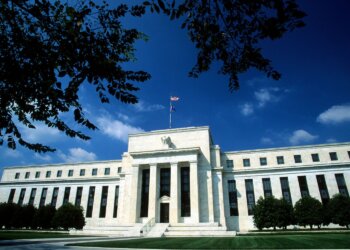The U.S. economy faces significant business challenges from tariff uncertainties which will lead to decreased job growth in May. The Federal Reserve shows no indication of reducing interest rates during the upcoming period. The upcoming Labor Department employment report will reveal a 4.2% unemployment rate for the third month in a row together with strong wage growth that will sustain the economy temporarily.
The economic indicators indicate a declining trend despite the current positive numbers. The economy faces challenges because President Donald Trump maintains unpredictable tariff policies which disrupt business operations. The upcoming May data will indicate the start of a period where employment growth will slow down. The Trump administration faces opposition to his tax and spending legislation from conservative Senate Republicans and billionaire Elon Musk.
The economy faces rising pressure according to Boston College economics professor Brian Bethune. Businesses face difficulties with effective planning because of unpredictable tariff policies which results in limited hiring opportunities.
Nonfarm payrolls are expected to increase by 130,000 according to economists surveyed by Reuters in May while April saw 177,000 new jobs. The current job creation numbers exceed the 100,000 jobs required to support population growth but fall below the three-month average of 155,000. The surveyed economists predicted job creation between 75,000 and 190,000. The majority of job growth throughout this year stems from businesses keeping their existing workforce intact.










